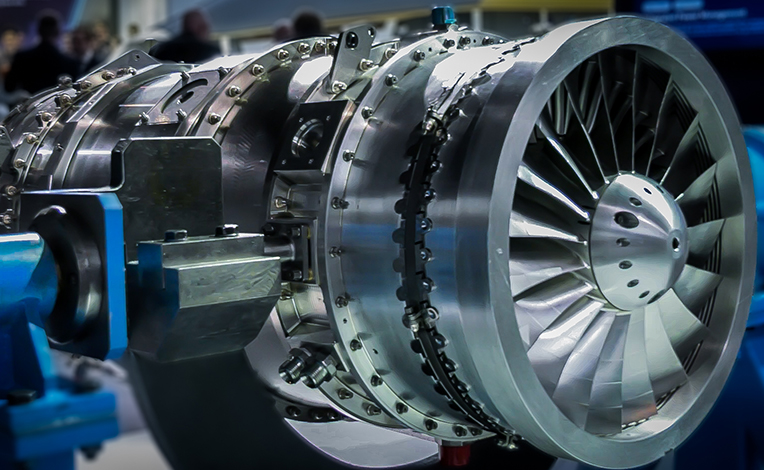Rolls-Royce’s Tornado 2 Tempest Project Recycles Titanium for AM Jet Engines

Rolls-Royce, one of the largest manufacturers of aircraft engines, announced its latest initiative to make its production more sustainable. It’s called the Tornado 2 Tempest project, and it will turn old Royal Air Force (RAF) Tornado parts into powdered metal for producing components for new AM jet engines. The company has already tested its technology and used it to 3D-print new jet engine parts.
The team at Rolls-Royce used components from decommissioned Tornado jets, including jet engine compressor blades rich in titanium, aluminum, and steel, which were cleaned and atomized into fine powder — a key material for additive manufacturing (3D printing). Then, the engineers used the feedstock powder to produce critical components, such as nose cones and compressor blades.
Not only that, but the company went a step further and 3D-printed new parts for the Orpheus small engine concept. Rolls-Royce then tested the engine under operating conditions, demonstrating that recycled materials can meet the rigorous demands of military aviation. As such, the Tornado 2 Tempest project aligns closely with the UK’s Future Combat Air System (FCAS) program, with promising implications for the next-generation Tempest combat air platform — a cornerstone of Rolls-Royce’s Grow Combat strategic initiative.
The success of this initiative highlights the potential for circular economics in defense — a concept backed by UK Strategic Command’s Defense Support Organization. With the project, Rolls-Royce increases accessibility to strategic metals, such as titanium, thus reducing the reliance on foreign countries, like China and Russia. Furthermore, the jet engine manufacturer will reduce waste and promote resource efficiency, crucial in its sustainability goals. Crucially, the project shows that 3D printing has its place in the aerospace industry.
The Tornado 2 Tempest project is also a collaborative triumph, uniting key players in defense, research, and sustainable manufacturing. Notably, the Defense Equipment and Support (DE&S) and Defense Recycling & Disposals Team (DRDT) led the recycling efforts and asset identification. Meanwhile, the Ministry of Defense (MOD) FCAS Team integrated the findings into broader defense initiatives. Rolls-Royce provided engineering expertise and additive manufacturing capability, while AMS (Additive Manufacturing Solutions Limited ) handled the metal atomization process.

 Tech Steel & Materials
Tech Steel & Materials
Comments are closed